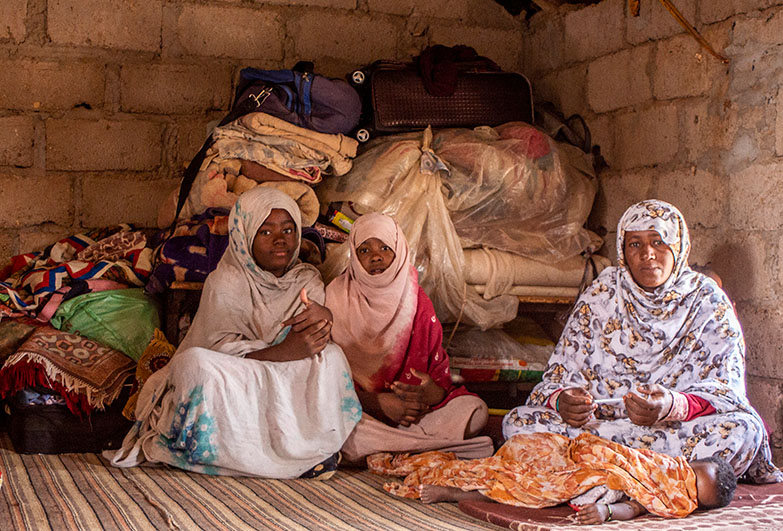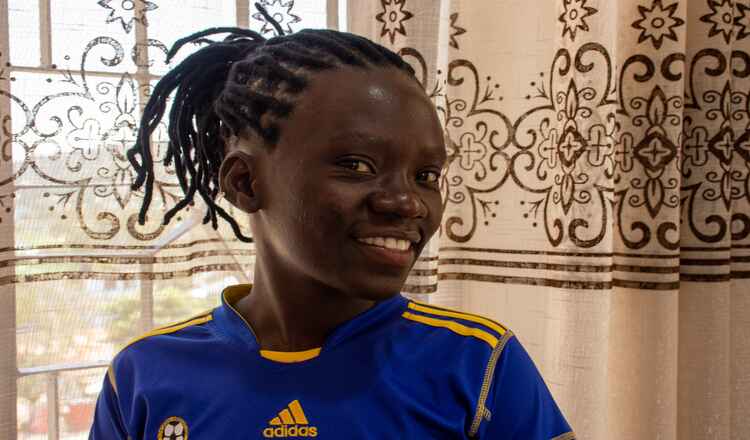What is child slavery?

Childhood should be a time to grow, learn, play and flourish in safety. But, an estimated 12 million children around the world don’t have that chance. Instead, they wake up each day trapped in modern slavery, with over 3 million children exploited in forced labour, and nearly 9 million children in forced marriage.
Some have been forced into back-breaking work in mines, brick kilns, sweatshops and private homes. Others are forced into marriage, into sexual exploitation, begging or selling drugs. And it happens closer than we would like to think – children in the UK, EU and other developed economies are often vulnerable to slavery.
Children – especially those from disadvantaged backgrounds – are particularly vulnerable to slavery. They may face all of the same drivers of slavery, such as poverty, social status and discrimination, but also lack agency and an ability to speak up, because they are a child. Children can face additional power imbalances with adults that make them ever more vulnerable to forms of slavery such as child trafficking and forced labour.
Many children are exploited far away from their families, without people to look out for them or recognise the signs that they are being exploited.
Common forms of slavery of children include:
- Children abused in prostitution, pornography, or other forms of sexual exploitation
- Children forced into begging, petty crime or the drug trade
- Forced labour exploitation in the private economy, for example in agriculture, factories, construction, brick kilns, mines, bars, the tourist industry or in private homes
- Children forced to take part in armed conflicts. This includes not only child soldiers, but also porters or girls taken as “wives” for soldiers and militia members
- Children forced to marry. Anyone under 18, who doesn’t consent to a marriage (or doesn’t fully understand consent), is exploited within their marriage, or is not able to leave is living in slavery. Of the children in modern slavery, nearly 9 million are in forced marriage.
According to the 2022 Global Estimates of Modern Slavery, the highest proportion of children are in forced marriage (nearly 9 million). Of the children in forced labour (3.3 million) half are in commercial sexual exploitation, and just under 40% are in forced labour exploitation in the private economy. These figures not only demonstrate a rise in the number of children experiencing modern slavery, but suggest that the economic shocks of Covid-19 will make many more children at risk of modern slavery.

Child work, child labour, child slavery – what’s the difference?
The terms around exploitation of children can be quite confusing so here is a short guide:
- Child work. Some types of work make useful, positive contributions to a child’s development, helping them learn useful skills. Often, work is also a vital source of income for their families
- Child labour. Child labour is not slavery, but nevertheless hinders children’s education and development. Child labour tends to be undertaken when the child is in the care of their parents
- Worst forms of child labour. As well as slavery and forced labour, the worst forms of child labour include “hazardous work”, which irreversibly damages children’s health and development through, for example, exposure to dangerous machinery or toxic substances, and may even endanger their lives
- Child slavery. Child slavery is when a child is handed over and exploited for someone else’s gain, meaning the child will have no way to leave the situation or person exploiting them
- Child trafficking. Trafficking involves transporting, recruiting or harbouring people for the purpose of exploitation, using violence, threats or coercion. When children are trafficked, no violence, deception or coercion needs to be involved. Child trafficking is merely the act of transporting or harbouring children for exploitative work
How widespread is the problem?
Data suggests that both child labour and child slavery are growing. In the past, we have seen that even when child labour figures were decreasing, child slavery figures remained almost the same.
Worryingly, the 2021 Global Estimates on Child Labour demonstrated that child labour had increased for the first time in 20 years. The 2022 Global Estimates of Modern Slavery demonstrate that there has also been an increase in the number of children in slavery, from around 10 million children, to over 12 million children, although the Estimates suggest this is only the tip of the iceberg.